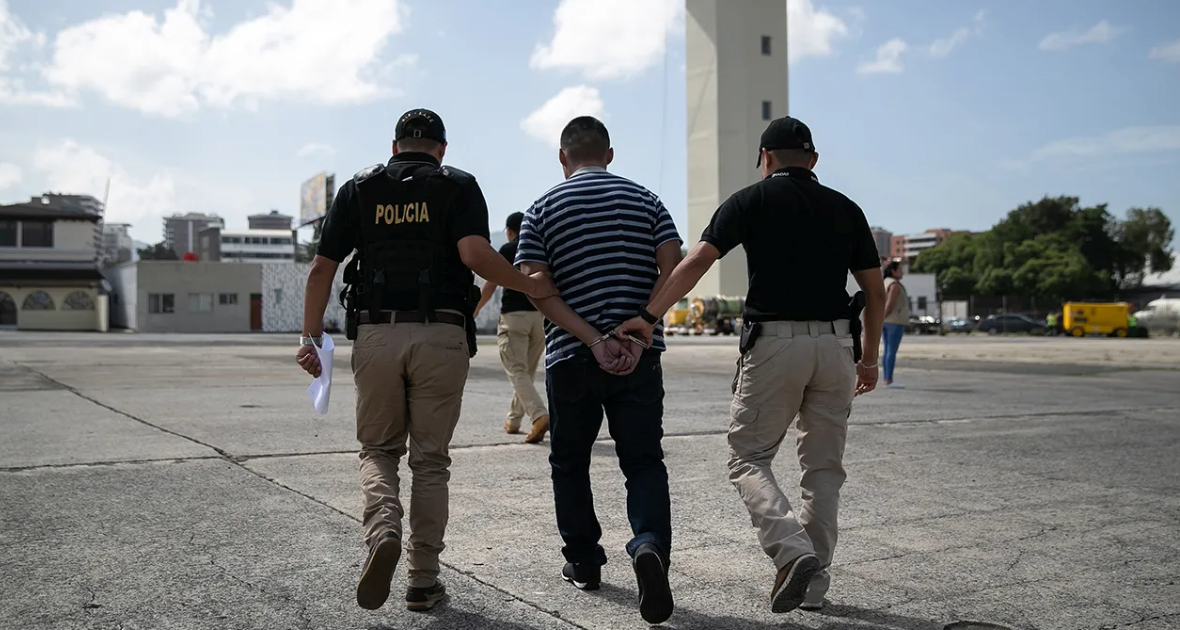As the United States approaches the end of 2025, immigration remains one of the most divisive and emotionally charged issues in American politics. Under President Donald Trump’s second term, the federal government has intensified its crackdown on undocumented immigrants, reshaped asylum policies, and expanded the role of Immigration and Customs Enforcement (ICE) in ways that have sparked fierce debate across the country. The administration’s approach has been marked by aggressive enforcement, controversial deportation practices, and a broader shift toward deterrence rather than humanitarian relief.
The United States has long been defined by its immigrant heritage. From the early waves of European settlers to the influx of Latin American, Asian, and African migrants in the 20th century, immigration has shaped the country’s demographics, economy, and culture. Key legislative milestones have helped shape the modern immigration system. The Immigration and Nationality Act of 1965 abolished discriminatory quotas and opened the door to immigrants from around the world. The Refugee Act of 1980 established a formal process for admitting refugees based on humanitarian concerns. Later, the Illegal Immigration Reform and Immigrant Responsibility Act of 1996 expanded enforcement powers and laid the groundwork for the creation of ICE. ICE itself was established in 2003 as part of the Department of Homeland Security, tasked with enforcing immigration laws, detaining and deporting unauthorized immigrants, and investigating cross-border crimes.
Under Trump’s renewed leadership, ICE has adopted increasingly aggressive tactics. Recent operations have drawn national attention for their scale and intensity. In Chicago, ICE agents conducted a nighttime raid on a residential building using helicopters and unmarked trucks. Witnesses described broken windows, ransacked apartments, and terrified families. The operation was part of a broader campaign known as Operation Midway Blitz, which has targeted immigrant communities in major cities. In California, ICE agents shot a U.S. citizen, Carlos Jimenez, who attempted to warn them about children gathering near a school bus stop during a traffic stop operation. The incident has sparked outrage and calls for accountability. Across the country, ICE has ramped up workplace raids, detaining undocumented workers en masse and disrupting local economies. These actions have prompted legal challenges and protests from civil rights organizations.
Despite the dramatic increase in arrests, experts caution that logistical and legal barriers often prevent swift deportations. A recent report from Politico notes that while ICE’s shake-up may boost arrest numbers, it doesn’t necessarily lead to more removals. The administration’s messaging emphasizes toughness, but the reality on the ground is more complex. Immigration courts are overwhelmed, and many cases take months or even years to resolve. Meanwhile, detainees face harsh conditions, including overcrowding, lack of medical care, and abuse.
President Trump’s immigration strategy in 2025 builds on his first term but with sharper enforcement and fewer legal pathways. One of the most controversial policies involves the suspension of asylum applications. The administration has halted asylum claims from many migrants, citing national security concerns. Critics argue this violates international law and endangers vulnerable populations fleeing violence and persecution. Another deeply troubling policy involves deporting some undocumented immigrants to prisons in El Salvador. Human rights groups have condemned the move as inhumane and legally dubious. Operation Midway Blitz, the nationwide campaign involving coordinated ICE raids, often employs military-style tactics and has targeted immigrant communities in cities like Chicago and Los Angeles. These actions reflect a broader shift toward deterrence and punishment, rather than integration or humanitarian relief.
Public response to Trump’s immigration policies is increasingly critical. A Pew Research Center poll found that 61% of Americans disapprove of deporting immigrants to foreign prisons. A majority also oppose suspending asylum applications, though some support increased workplace raids. Legal challenges are mounting. In Illinois, detainees have sued ICE over inhumane conditions, including overcrowding, lack of medical care, and abuse. Faith leaders, civil rights groups, and local governments have mobilized against federal actions, calling for oversight and reform. In some cities, local officials have refused to cooperate with ICE, citing moral and constitutional concerns.
The U.S.-Mexico border remains a flashpoint in the immigration debate. Humanitarian aid groups report increased need for food, shelter, and medical care among migrants crossing the border. Migration patterns are shifting. Fewer families are attempting entry, while more single adults are crossing, often driven by violence and poverty in their home countries. Border enforcement has intensified under Trump’s “Trump 2.0” strategy, with more surveillance, barriers, and patrols. These trends reflect the complex interplay of global crises and domestic policy. While the administration emphasizes security, critics argue that the root causes of migration—violence, poverty, and climate change—require international cooperation and long-term solutions.
The U.S. immigration situation in 2025 is marked by heightened enforcement, legal battles, and humanitarian concerns. ICE’s expanded role under the Trump administration has led to widespread raids, detentions, and controversial deportations. While some Americans support these measures as necessary for national security, others see them as violations of human rights and constitutional protections. As the country grapples with its identity and values, immigration remains a central issue—one that will shape its future for generations to come.





















